Cross-Server Content: Maximizing SEO Opportunities in a Distributed World
Introduction: In the interconnected landscape of the internet, the concept of cross-server content is gaining prominence. This phenomenon involves distributing your content across multiple servers or domains to enhance accessibility, scalability, and user experience. While it brings various benefits, understanding the implications for Search Engine Optimization (SEO) is crucial. This blog post serves as a comprehensive guide to exploring cross-server content and its impact on SEO, providing insights, strategies, and best practices for navigating this distributed approach.
- Decoding Cross-Server Content: Breaking Down the Basics: Begin by defining cross-server content. Explore how it involves hosting parts of your website or content on different servers or domains, presenting both challenges and opportunities for SEO.
- Benefits of Cross-Server Content: From Performance to Redundancy: Dive into the advantages of adopting cross-server content. Understand how it improves website performance, provides scalability, enhances redundancy, and facilitates a global distribution of resources for improved user experience.
- SEO Considerations: Navigating the Impact on Rankings: Uncover the SEO considerations associated with cross-server content. Explore how search engines interpret and rank content spread across multiple servers, addressing potential challenges and maximizing opportunities for improved rankings.
- Content Distribution Networks (CDNs): Speeding Up Performance for SEO Gain: Delve into the role of Content Distribution Networks (CDNs) in cross-server content strategies. Understand how CDNs optimize the delivery of content to users worldwide, positively impacting page load times and SEO performance.
- Domain Structure and SEO: Striking the Right Balance: Explore the impact of domain structure on SEO in a cross-server context. Understand considerations for choosing between subdomains and subdirectories, ensuring a structure that aligns with your SEO goals and user experience.
- Consistent User Experience: A Pillar of SEO Success: Prioritize a consistent user experience across servers. Learn how maintaining a seamless and cohesive experience for users, regardless of the server hosting the content, contributes to positive SEO outcomes.
- Canonicalization: Guiding Search Engines through Cross-Server Content: Embrace the power of canonicalization in cross-server content strategies. Learn how declaring canonical URLs helps search engines understand the preferred version of a page, consolidating SEO authority.
- Hreflang Tags for Multilingual and Multiregional Sites: SEO Harmony: Dive into the importance of hreflang tags in cross-server content strategies for multilingual and multiregional sites. Explore how these tags signal to search engines the intended language and region, optimizing the relevance of your content.
- Backlink Strategies for Cross-Server Content: Strengthening Authority: Explore backlink strategies to strengthen the authority of cross-server content. Understand how link-building efforts should consider the distribution of content, ensuring a balanced and impactful link profile.
- Monitoring and Adaptation: SEO Evolution in a Cross-Server Environment: Conclude with the significance of ongoing monitoring and adaptation. Explore tools and techniques to assess the performance of cross-server content, identifying opportunities for improvement and ensuring a dynamic and evolving SEO strategy.
Conclusion: Cross-server content presents a paradigm shift in the way websites are structured and content is delivered. By understanding the SEO implications and implementing strategic approaches, you can harness the benefits of this distributed model while ensuring that search engines interpret and rank your content optimally. Implement the insights from this guide to navigate the complexities of cross-server content and unlock the full SEO potential in a distributed world.
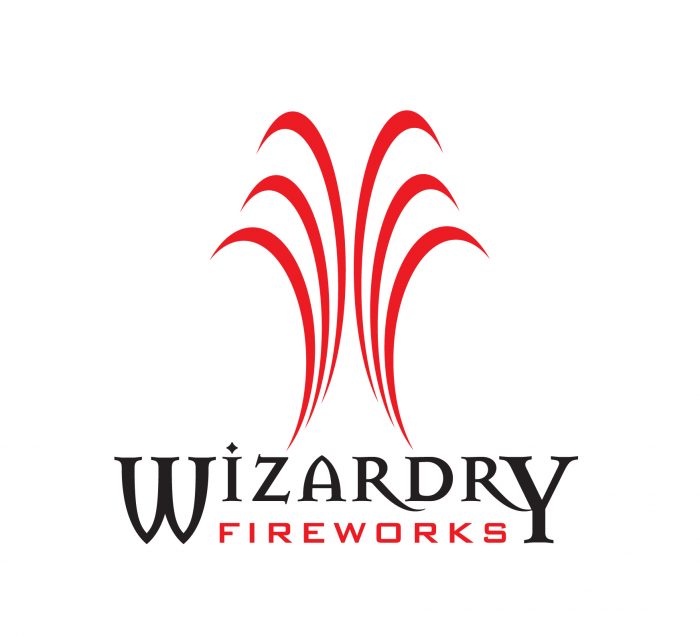









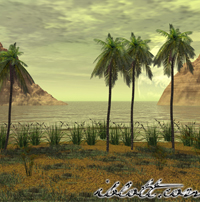
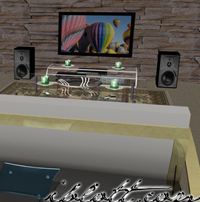
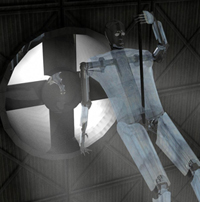

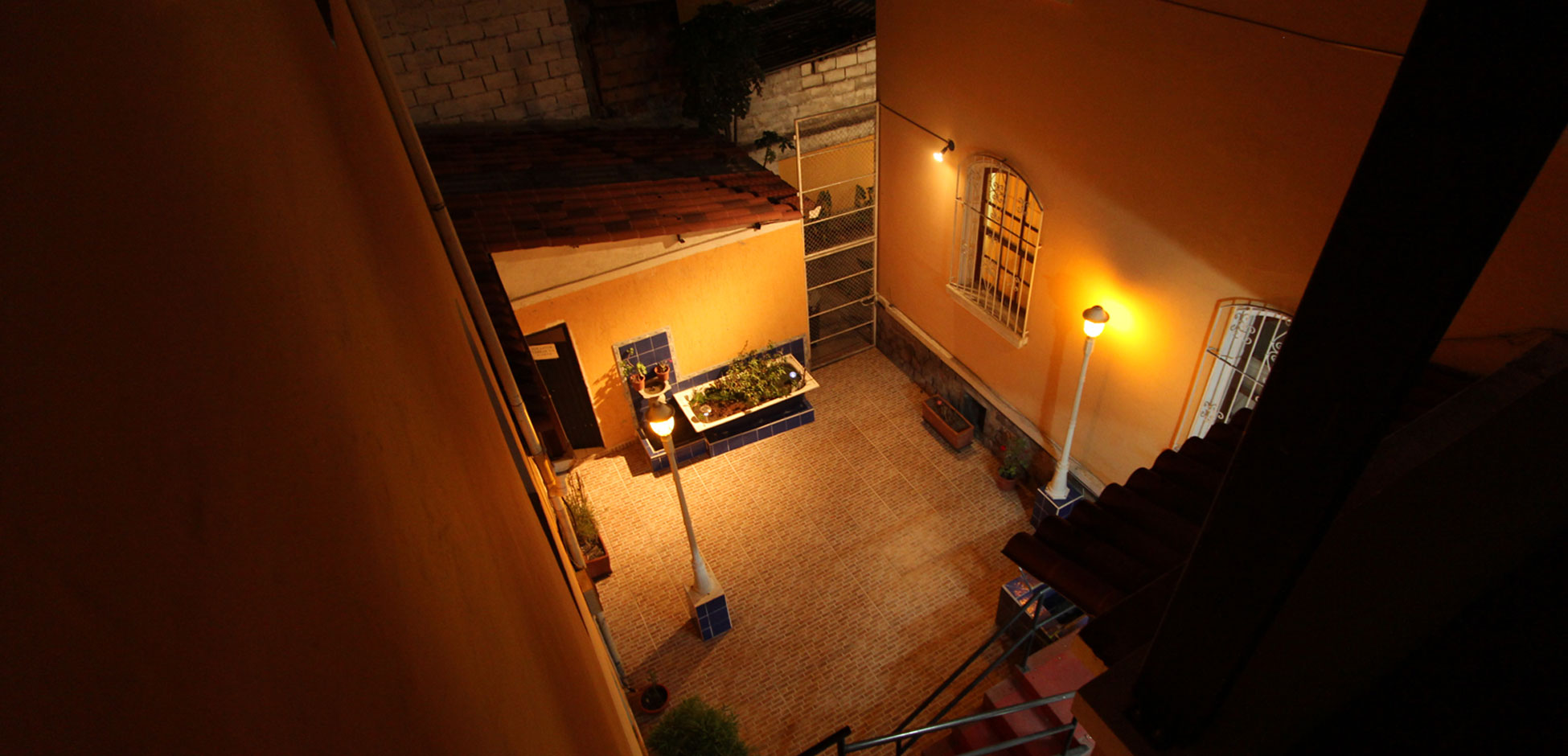


Comments are closed here.